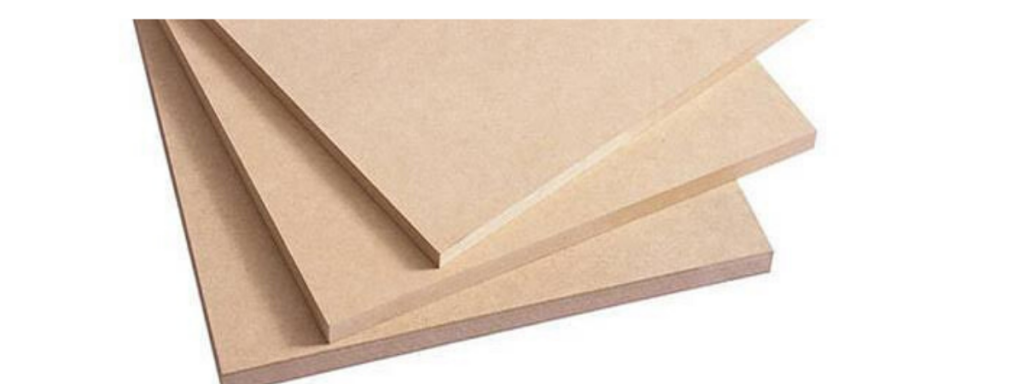The board of MDF has become popular nowadays. Medium-density fibreboard is the full shape of MDF. The low cost made it a powerful wood alternative. Details of MDF including types, characteristics, manufacturing methods of MDF are discussed here.

Table of Contents
What is Medium Density Fibreboard (MDF)?
The medium-density fiberboard or MDF is called an engineered wood composite product, made of residues from hardwood and softwood which are stuck with wax and resin under extreme pressure.
Types of MDF
Various types of MDF that can be labeled with color are included. The main type of MDF panel is as follows:
- Typically green MDF those are moisture resistant.
- Ultra-light MDF plate (ULDF).
- Typically red or blue MDF which is fire retardant.
Properties of MDF
In the past, in fully equipped pilot plants, the raw material was wheat for MDF. For the manufacture of MDF binders of higher quality. Urea-formaldehyde melamine is used as a binder for products like Urea melamine, formaldehyde adhesive combination. Different quality MDF manufacturing needed various quantities and characteristics of straw wheat, the MDF manufactured called Straw Medium Density Fiber Board (SMDF).
The description of MDF properties is:
- Modulus of elasticity
- Water absorption
- Thickness
- Elasticity
- Swelling
- Internal bond strength
- Modulus of rupture
Manufacture Procedure of MDF
Throughout time, MDF processing has changed considerably. Advanced technology has now altered performance and saved manufacturing time and cost. So now a day is a profitable company. It involves a certain operation, like:-
- Panel Sanding Technique
- Finishing
- Press Technology
- Resin Recipes
- Collection
- Wood Preparation
Panel Sanding
For a smooth finish, the prepared panels are sanded. Belting is used and the abrasive coating is used. Various ceramic abrasives such as aluminum zirconium, aluminum oxide, are used. A finer layer also uses silicon carbide. Double-sided marking is performed to maximize accuracy. Anti-static technology is used during production to stop static electricity. Excessive dust is caused by static electricity.
Finishing
Cutting is the first step in finishing. The performance of the MDF finishing steps varies depending on the application. Verities of color, truths of wood grain are discovered. Several cuttings are used for different sizes
- Small cutting size: (42-49 inches/107-125 cm) The cutting process is used.
- Narrow strip cutting: Specialty devices are used (1-24 inches/2.5-61 cm).
- Big plate slicing: Guillotine cutting (e.g. 100 inches) is used.
Laminating is the second step of finishing. Between two rolls, the fibreboard is sent. There are adhesives applied between the two rolls. Thus the fibreboard becomes covered with adhesive. Used for final vinyl printing, paper, etc. By laminating machines, these are applied.
Wood Preparation
Impurities are separated using magnet wire. For large lobes and low peaks, the components are made separately. The remaining metals are separated by a magnetic detector. Then the selected fibers are sent to the press. For this reason, aside screw feeder and a pin screw feeder are used. The extraction of liquid is an important task for this reason. A refiner tears material into fibers that can be used. Foreign objects are removed by larger motors.
Collection
The first step in wood preparation is the selection and refinement of raw material or wood residues. Chips and shavings are collected from sawmills and plywood plants. When debarking is achieved with softwood (e.g. Eucalyptus sp). Debarking reduces organic waste and grit and enhances finer finishing. When required, softwood is sliced and re-cut. For this, a chopper can be used.
Curing and Pressing
Before refining and after processing, a catalyst is used to reduce formaldehyde resistance resin. The quantity of resin is regulated by the amount required. To create a mat of standardized thickness, a scalping roll is used. In several stages, compressing is completed. These are cut or trimmed before final processing. To pack it into a standard pad, a big drum is used. Before cooling, the resulting board is cut.
